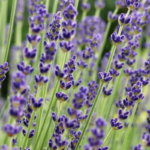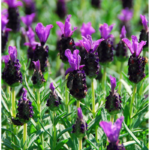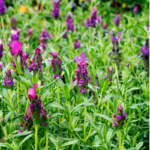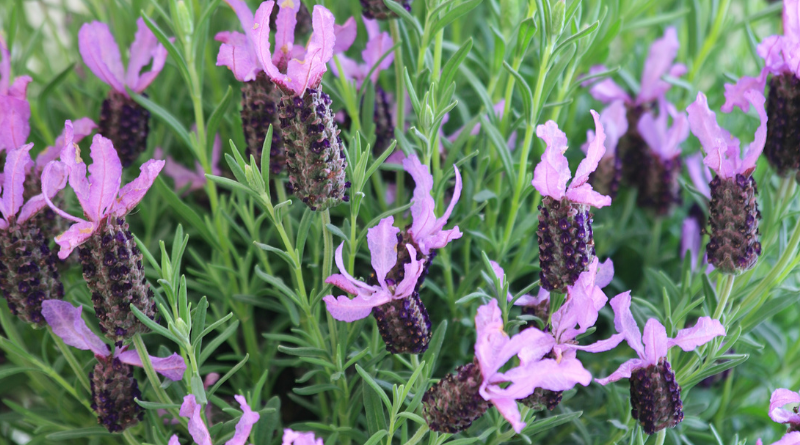A Comprehensive Guide to Growing Lavender in Specific Regions of Kenya
Lavender, with its fragrant blossoms and silvery-green foliage, is not only a delight for the senses but also a versatile herb with numerous applications. From essential oils to culinary uses, lavender has been cherished for centuries. Kenya, with its diverse climatic zones, offers unique opportunities for lavender cultivation. In this guide, we’ll delve into the intricacies of growing lavender in specific regions of Kenya, ensuring that you can cultivate this aromatic herb with success.
Understanding Lavender and Its Varieties
Before diving into the regional specifics, it’s essential to understand the different types of lavender and their requirements:

English Lavender (Lavandula angustifolia): This is the most common variety and is known for its sweet scent. It’s ideal for cooler regions.

French Lavender (Lavandula stoechas): With its distinctive butterfly-like petals, this variety prefers slightly warmer climates.

Spanish Lavender (Lavandula latifolia): Suited for warmer regions, Spanish lavender boasts a robust and camphor-like scent.
Climatic Requirements
Lavender thrives in a Mediterranean climate – think warm summers and mild winters. However, it’s adaptable and can be grown in various Kenyan regions with some care.
Ideal Regions for Lavender Cultivation in Kenya
Nakuru: Located in the Great Rift Valley, Nakuru offers a temperate climate with well-draining soils – perfect for English lavender.
Nandi Hills: With its cooler climate and elevation, Nandi Hills is suitable for both English and French lavender varieties.
Laikipia Plateau: The mild temperatures and moderate rainfall of the Laikipia Plateau make it an excellent location for cultivating various lavender varieties.
Kericho: Known for its tea plantations, Kericho’s climate is also conducive for lavender, especially the English and French varieties.
Soil and Planting
Lavender prefers well-draining soil with a pH level of 6.5 to 7.5. Before planting, ensure to:
Prepare the Soil: Loosen the soil and mix in some coarse sand or gravel to improve drainage.
Spacing: Plant lavender bushes about 30 to 60 cm apart to allow for adequate air circulation.
Watering and Fertilisation
Watering: Lavender is drought-resistant. However, during the initial stages, regular watering is essential. Once established, reduce the frequency.
Fertilisation: Use a balanced, slow-release fertiliser at the beginning of the growing season.
Pest and Disease Management
Lavender is relatively pest-resistant. However, watch out for:
Fungal Diseases: Ensure proper spacing and avoid overhead watering.
Aphids and Whiteflies: These can be managed using natural predators or organic insecticidal soaps.
Harvesting and Post-Harvest Care
Harvesting: The best time to harvest lavender is when about half of the flower buds have opened. Cut the stems early in the morning for the best fragrance.
Drying: Hang the cut stems in a shaded, well-ventilated area.
Applications of Lavender
From essential oils to culinary delights, lavender’s applications are vast. In regions like Kericho, lavender is even blended with tea for a unique aromatic experience.
Conclusion
Growing lavender in Kenya, especially in regions like Nakuru, Nandi Hills, Laikipia Plateau, and Kericho, can be a rewarding experience. With the right care and understanding of the local climate, you can enjoy the myriad benefits of this aromatic herb.
Articles you can read

